$7.5B Master Plan for D.C.'s Union Station Revealed
The group behind the comprehensive transformation of Washington, D.C.'s Union Station has revealed the Washington Union Station Master Plan, detailing a massive project that will cost approximately $6.5 billion to $7.5 billion to realize.
By Barbra Murray, Contributing Editor
It’s been a long time coming, but it’s finally here. Headed by Amtrak, the group behind what will be the comprehensive transformation of Washington, D.C.’s Union Station has revealed the Washington Union Station Master Plan, detailing a massive project that will cost approximately $6.5 billion to $7.5 billion to realize.
A hefty list of players is involved in the endeavor. In addition to Amtrak, the entities that have come aboard include the Union Station Redevelopment Corp.; Washington Metropolitan Area Transit Authority; Virginia Department of Rail and Public Transportation, Virginia Railway Express; Maryland Transit Administration; U.S. Department of Transportation; and, the key real estate leader on the project, Akridge.
Indeed, all eyes are on Akridge, which wisely snapped up the air rights above the Union Station rail yard in 2006. The company will spearhead development of what will be the centerpiece of Union Station–Burnham Place. “Because of its unique place on top of a transportation infrastructure, because of its size, it will be a miniature neighborhood but one that we think will reflect the character of Washington,” David Tuchmann, vice president of development with Akridge, told CPE.
Named in honor of architect Daniel Burnham, the mastermind behind the design of the original Union Station, the 3 million-square-foot Burnham Place will feature substantial offerings from just about every sector of commercial real estate. As it currently stands, the vision encompasses approximately 1.5 million square feet of office space, 1,300 residential units, 500 hotel rooms, and 100,000 square feet of retail space. Stepping into the shoes that Burnham wore more than a century ago, the architectural firm of Shalom Baranes Associates is leading the design effort.
The central theme of the mixed-use component, and indeed of the Union Station transformation in its entirety, is transit. “The Union Station master plan matches the quality and vision of the original station design while creating a world-class transportation hub–and Burnham Place is a big part of that vision,” said Joseph Boardman, President and CEO of Amtrak, in a prepared statement. The goal is to provide a destination with ease of access for local residents and workers, and on a grander scale, tourists from around the world.
Akridge, the USRC and the remaining parties involved in the grand undertaking anticipate that Burnham Place will accommodate Washington, D.C.’s evolving 21st Century needs, while respecting the flavor, so to speak, of the city. “I think what we’ve tried to do is on the one hand, blend in with the fabric of the historic neighborhood to the east, and the commercial core of the city, which is to the west of the project,” said Tuchmann. “So, for example, we are paying a lot of attention to making our buildings appropriately sized, and making sure that they feel like regular Washington, D.C., apartment or office buildings.”
All signs indicate that as Burnham Place comes online over the years, the market will be able to absorb the development’s commercial and residential space. “Washington is adding roughly a thousand residents per month and predominantly, those new residents are young people in their 20s and 30s, as well as some who are in the empty-nester phase, and the majority of those folks want to live in locations that are walkable to amenities and to transportation,” he explained. “And the rates of car ownership that these new residents have are very low, compared to the current residents who are here, as well as those in other cities. So on the residential side, we see Burnham place as an ideal location to capture that demand that we’re seeing from the types of people who are moving at an incredible pace into the city.”
The office portion of the project is also expected to find a highly receptive audience. Barring any major upsets, the city is likely to continue to thrive in its long-held position as one of the top office markets in the country. According to a mid-year report by commercial real estate services firm Jones Lang LaSalle, Washington, D.C., boasts the fifth lowest vacancy rate of the nation’s 40-plus leading metropolitan areas.
“While the office market at this particular moment is a bit stagnant in some of our submarkets, [Burnham Place] is a long-term project and when we look at our location, we think we have tremendous competitive advantage due to the unique location on top of this expanded transportation facility,” Tuchmann noted. “If you were to have your office headquarters here, you could get to any of the three metro-area airports by public transportation; you could have access to the most comprehensive, 24-hour taxi queue in the city; and you’re at the number one most popular metro station.”
Burnham Place’s transportation mecca will position the project’s office occupants–in addition to its hotel users, residential dwellers and visitors–within less than three hours’ reach of New York City. Baltimore will be just 40 minutes away and a cross-town jaunt will require less than 7 minutes. Location, location, location. “Whether it’s a national headquarters, financial institution or educational campus, any of these groups would really see our project not just as part of the general trend in submarkets that are nearby, but really as a place in and of itself.”
Union Station will blossom into its new form in phases over a period of 15 to 20 years. By officials’ estimates, the project will generate $14.3 billion for the local economy. The groundbreaking for the redevelopment is on track for 2018. However Washington residents and visitors will be able to avail themselves of one of the project’s many benefits sooner rather than later. In 2013, work will commence on what Amtrak refers to as the “immediate action” phase. Tuchmann said, “There’s an entire station improvement stage in the existing facility, which I think will be very exciting and that will improve the station experience for the thousands who go through it today, even before that later phase starts.”

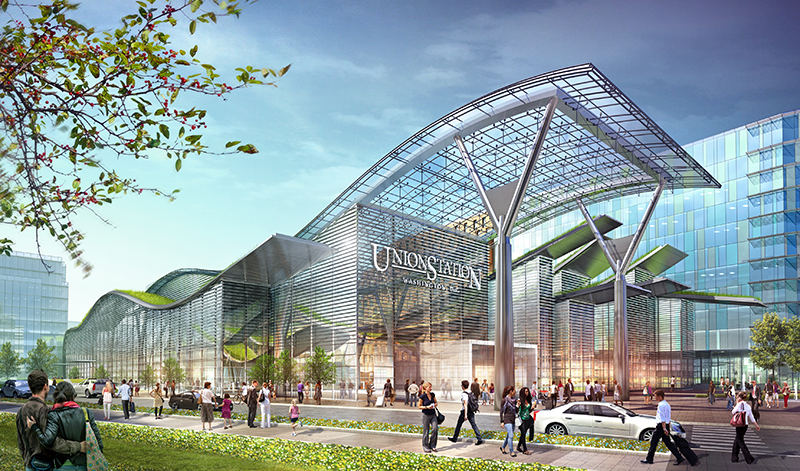
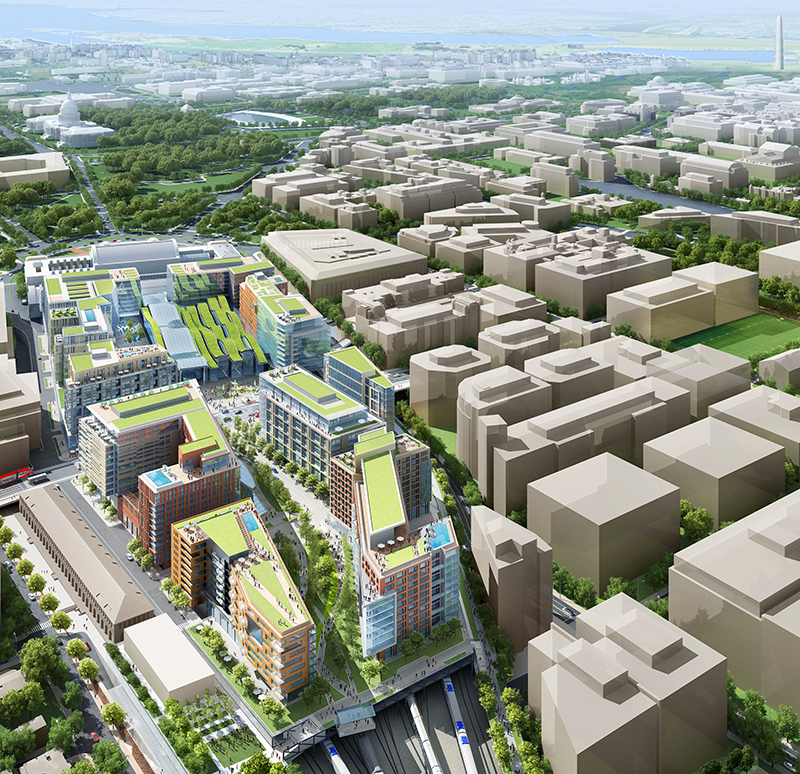


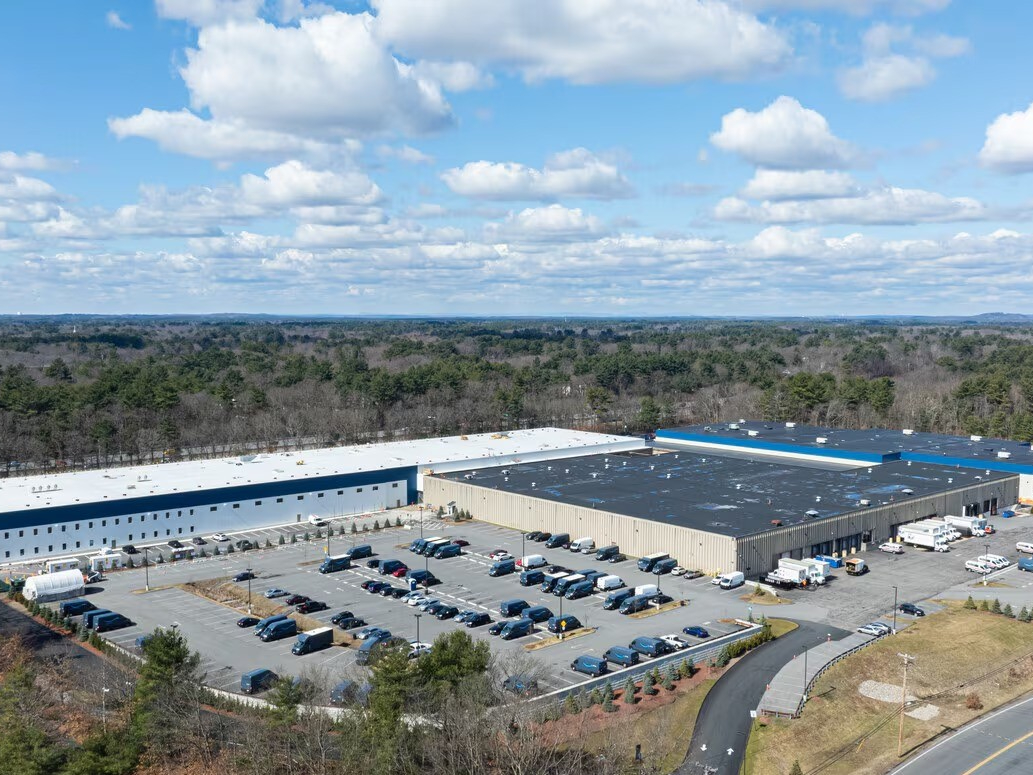
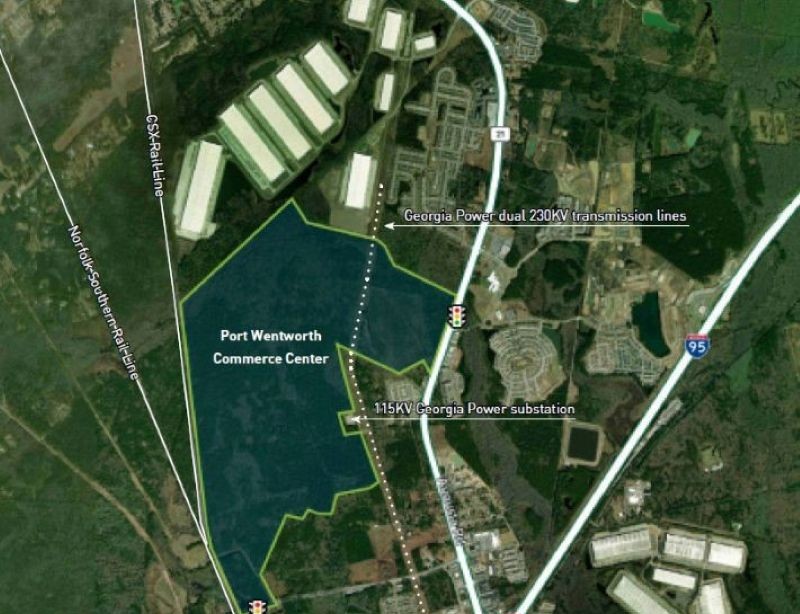
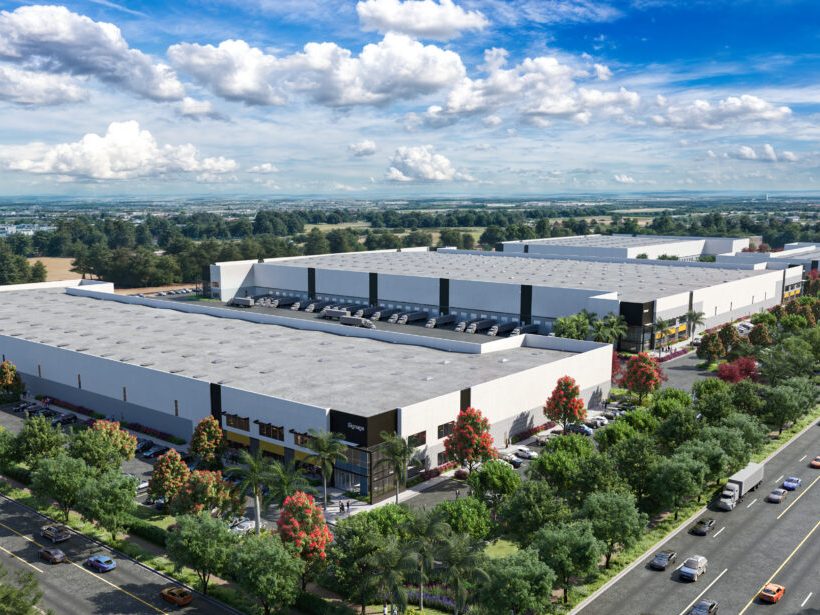
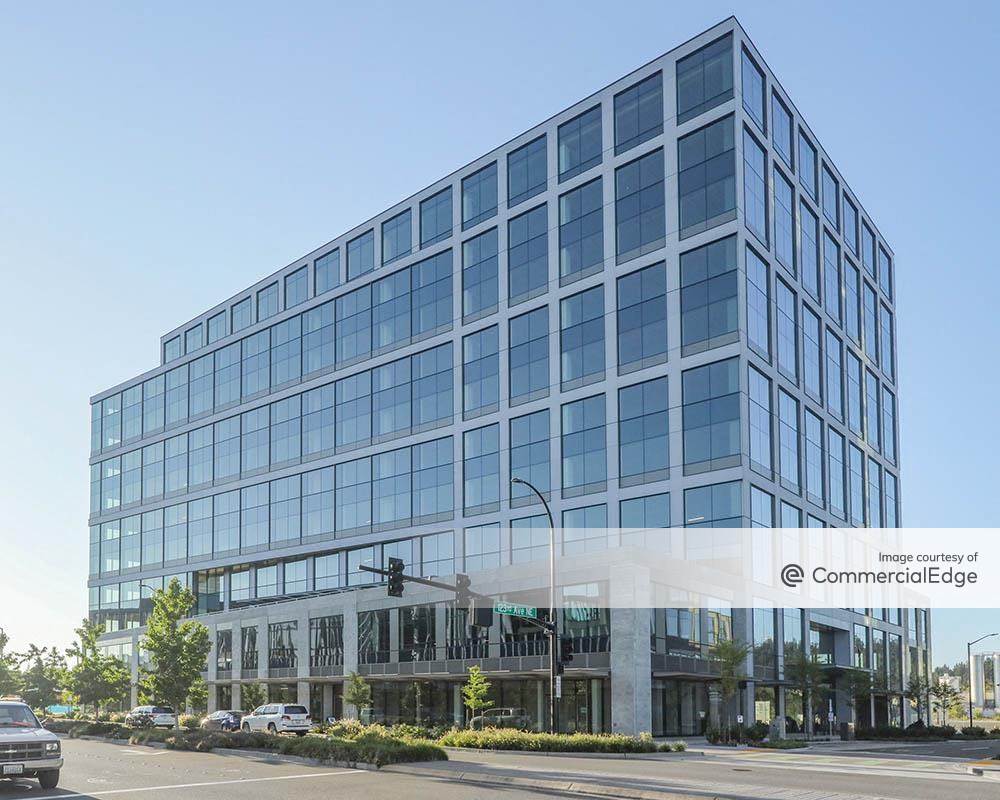
You must be logged in to post a comment.